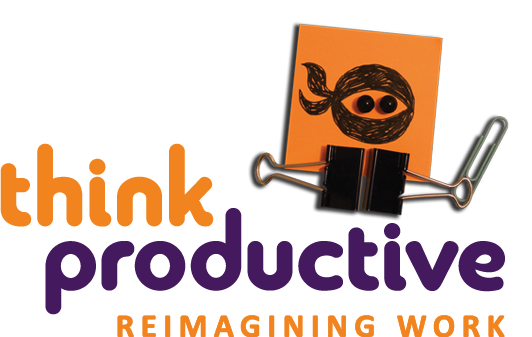This is the final post in a series of articles on the CORD Productivity Model. You can read the previous articles here
We’ve already explored the C(ollect and Capture), O(rganise) and R(eview) habits, but of course, all of these are of little use or value unless we’re in the habit of Doing things!

The Do habit focuses on working with your attention and energy levels, choices, tactics and momentum for optimum efficiency. It’s also about developing the mindfulness and unorthodoxy needed to avoid procrastination, keep things moving and feel positive about your work. You’ve captured and collected everything, organised it and have gone through the review processes of the Weekly Checklist and the morning Daily Checklist. Now you’re fully prepared. You have everything you need. From hereon in, you can develop momentum, make the doing part of your work as effortless as possible and experience hyper-productivity on a scale you’ve never known before.
Having already done the hard parts of the thinking, the decisions that follow are really more tactical than strategic. You already have clarity over what to do; your job is just to decide the order in which you’ll do the various tasks on your Daily To-Do List (which at the start of the day, you’ve chosen from your Master Actions List), and schedule each one appropriately to your time, attention and sense of impact.
The Beauty of the ‘DO’ Phase
Being on a roll in Do-mode is a wonderful feeling, as you experience playful, productive momentum and control. Part of what makes it so satisfying is that it’s so incredibly simple. The Do phase requires much less interaction with and management of information.
There are three broad sets of what I call ‘Do habits’: the approaches, techniques and best practices that aid playful, productive momentum and control:
1. Managing Attention – Realising that the need to get beyond time management and manage your proactive and active attention to their optimum capabilities is a huge step forward. Remember, proactive attention is your most precious commodity. The vultures of interruption and potential distraction will circle you, trying to make you a victim. Stay in control. Aggressively and ruthlessly defend your attention.
2. Decision Tools – tips, tricks and systems to help you make decisions faster. For example, Pareto’s Law (the 80-20 rule), Parkinson’s Law and Hofstadter’s Law (“Work takes twice as long as you originally anticipated, even when taking into account Hofstadter’s Law”). Plus don’t forget our favorite, the Big Rocks theory and something we mentioned recently on the blog, Shipping.
3. Do tactics – forget the age-old idea of multitasking and instead focus on monotasking, getting one job completed at a time. Also, help yourself by creating bursts of attention with tricks like the Pomodoro Technique (where you use a timer to give you 60 minutes of focused attention) and The Power Hour (not the drinking game!). In fact, there are a host of do-tactics for you to try out:
- Batching – working on similar tasks together (ie phone calls, research, emails, errands)
- Modeling and Mentoring – It’s much easier to ‘model’ their behaviour than try to reinvent the wheel. Look for opportunities to pick these people’s brains.
- Hacking – check out sites like Lifehacker and Lifehack for tips and tricks. Some advice is pretty mundane every-day fare (how to get your white’s whiter), but often productivity experts share their advice for getting things done.
So that’s it – the final post in our series on the CORD Productivity system. Make a start, take control of your productivity!
[vc_cta h2=”Before You Go… ” color=”violet” add_button=”bottom” btn_title=”See all Workshops ” btn_color=”warning” btn_align=”center” btn_link=”url:https%3A%2F%2Fthinkproductive.co.uk%2Fworkshops%2F||target:%20_blank|”]If you’d like to go further – take a look at our Time Management Workshops, which we deliver in-house for your company as well as publicly in an area near you.[/vc_cta]
